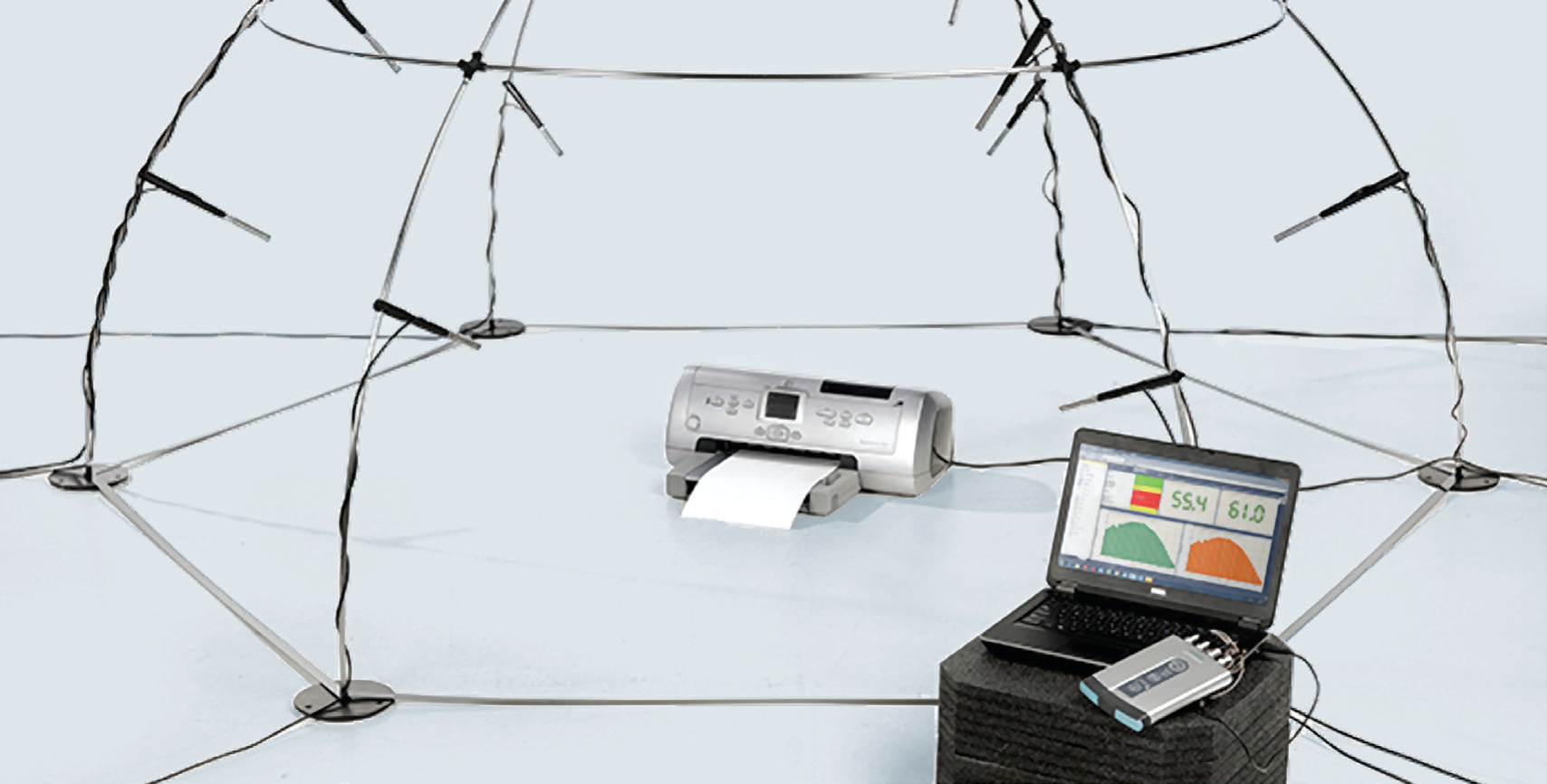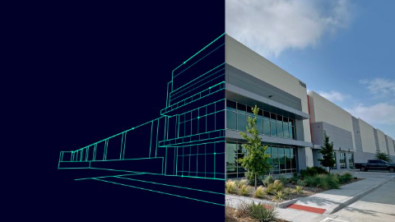A guide to using sound power testing as a competitive advantage

What is sound power and sound power testing?
Sound power is the rate in which energy of sound is radiated per unit time and is expressed in watt. It can be computed either through the measurement of sound pressure or sound intensity. It’s measured to make objective comparisons.
For electronics manufacturers to release a new product, it is often mandatory to certify it according to International Organization for Standardization (ISO) standards and local and regional regulations. Apart from certification, sound power testing helps to develop better products in compliance with industry and ISO standards. This supports their branding strategy and enhances their competitive advantage.
Testing sound power helps organizations meet or even exceed customer’s expectations. Sound quality serves as a brand differentiator and can strongly affect the consumer’s preferences towards one or another product.
Standards are defined for measuring:
- Outdoor machinery
- Handheld equipment
- Household electrical appliances
- Declared noise emission values of computer and business equipment
- IT and telecommunications equipment
How is sound power measured?
There’s no straightforward process to measuring sound power.
Sound pressure-based sound power measurements can only be performed in very precise environmental conditions, usually only found in acoustic rooms (anechoic or reverberant chambers). Sound intensity-based sound power can be measured in any sound field, but certain requirements must be met, based on the type of sound. This approach has a limited usable frequency bandwidth, time demanding measurement procedures and noise characteristic limitations.
The ISO distinguishes three methods of accuracy:
- Precision method (Grade 1): Provides the most accurate results but requires laboratory conditions and the most effort.
- Engineering method (Grade 2): Provides very accurate results that consider influence of the acoustic environment and source type.
- Survey method (Grade 3): Results intended to compare sources with similar characteristics and requires the least amount of time and equipment.
Selecting the method to use is dependent on the purpose of the test and the available equipment, desired grade of accuracy, background noise level or the test environment.
Who should measure sound power?
Measuring sound power is counterintuitive. Qualifying an acoustic source to an existing standard can be a challenge. Understanding sound power measurement standards is crucial to objectively compare noise strength, benchmark competitor products and comply with market legislation.
The European Union (EU) places explicit limits on how much noise outdoor machinery can produce. Anyone who wants to sell certain equipment on the European market must measure its emitted sound power level and stay below the specified target set by national legislations.
Standards that specify measurement procedures for a specific type of machinery or equipment are called the noise test codes or C-standards. Following these standards ensures reliable and repeatable results.
How are the sound power levels of noise sources determined?
There are multiple ways to do this, all based on specific ISO standards. The sound power level is calculated based on sound pressure levels measured at multiple locations around the source, applied corrections for background noise and environmental conditions.
Sounds play an important role in communicating the right message about a product’s features and functionality. At the same time, regulations and competitive pressure are forcing manufacturers to limit noise levels and meet strict noisemaking or noise-limiting standards.
Why is good sound quality testing equipment important for test results?
To obtain results that comply with ISO standards and can be applied for noise marking and noise limiting, good quality measuring equipment should be used. These standards determine the sound-power levels based on the chosen method and desired grade of accuracy.
Download this white paper for an extensive overview of existing standards, applicable regulations and noise codes for qualifying an acoustic source: A guide to measuring sound power (siemens.com)


